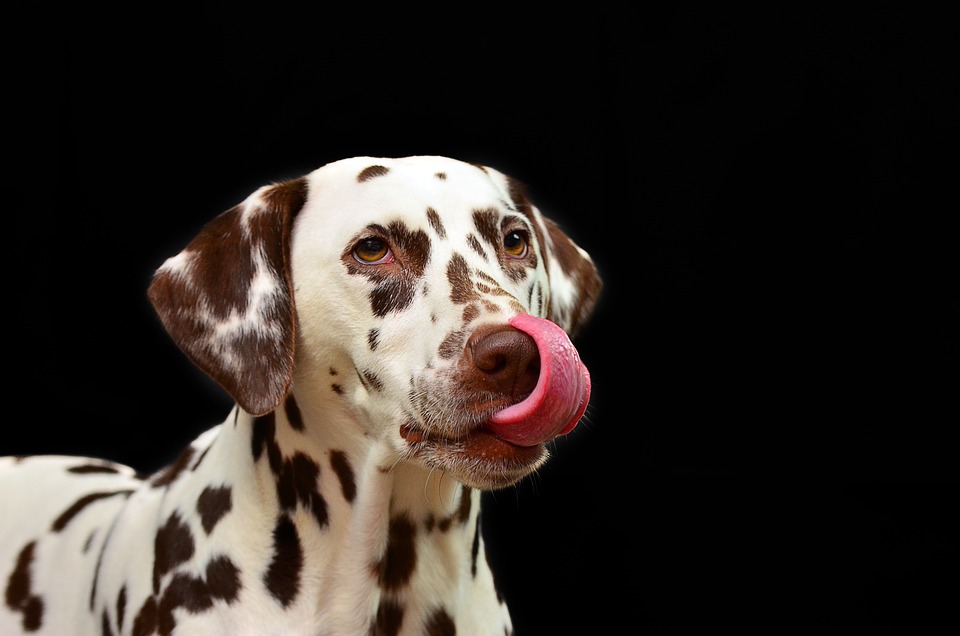Understanding Common Food Toxicities for Dogs
Introduction:
As pet owners, it’s crucial to be aware of the various foods that can be toxic to our furry friends. Dogs, in particular, have different dietary requirements than humans, and what may be harmless or even beneficial for us can be highly dangerous for them. This article aims to provide you with a comprehensive understanding of common food toxicities for dogs, helping you keep your four-legged companions safe and healthy.
I. Chocolate Toxicity
A. The dangers of chocolate for dogs
Chocolate contains theobromine and caffeine, both of which are toxic to dogs. Different types of chocolate have varying levels of these substances, with dark chocolate being the most dangerous.
B. Signs and symptoms of chocolate poisoning
Symptoms include vomiting, diarrhea, increased heart rate, tremors, seizures, and even death in severe cases.
C. Treatment and prevention
If your dog consumes chocolate, it’s essential to seek immediate veterinary care. Prevention involves keeping all chocolate products out of your dog’s reach.
II. Xylitol Poisoning
A. The hidden dangers of xylitol in human foods
Xylitol is a sugar substitute found in many sugar-free products, including gum, candy, baked goods, and even some peanut butter brands. It can cause a rapid release of insulin, leading to dangerously low blood sugar levels in dogs.
B. Recognizing the signs of xylitol poisoning
Symptoms include vomiting, loss of coordination, seizures, and liver failure.
C. Emergency response and prevention
If you suspect xylitol poisoning, take your dog to the veterinarian immediately. Preventative measures involve checking food labels for xylitol and keeping all xylitol-containing products away from your dog.
III. Grapes and Raisins Toxicity
A. The toxicity of grapes and raisins for dogs
The exact toxic substance in grapes and raisins is unknown, but ingestion can lead to kidney failure in dogs.
B. Symptoms and complications of grape ingestion
Symptoms may include vomiting, diarrhea, lethargy, decreased appetite, and increased thirst, which can progress to kidney failure.
C. Immediate actions and future precautions
If your dog consumes grapes or raisins, contact your veterinarian immediately. To prevent toxicity, avoid feeding your dog grapes or raisins and keep them away from these fruits.
IV. Onions and Garlic Toxicity
A. Understanding the dangers of onions and garlic
Onions and garlic contain compounds that can damage a dog’s red blood cells, leading to anemia.
B. Signs of onion and garlic poisoning
Symptoms include vomiting, diarrhea, pale gums, weakness, and increased heart rate.
C. Treatment and prevention strategies
If your dog ingests onions or garlic, seek veterinary care. Preventive measures involve keeping all foods containing onions or garlic away from your dog.
V. Avocado Toxicity
A. Identifying the harmful substances in avocados
Avocados contain persin, a toxin that can cause vomiting and diarrhea in dogs.
B. Symptoms of avocado toxicity in dogs
Symptoms may include stomach upset, breathing difficulties, and fluid accumulation around the heart.
C. Handling avocado consumption accidents and prevention
If your dog consumes avocado, monitor them for symptoms and contact your veterinarian if any issues arise. Preventive measures include keeping avocados out of your dog’s reach.
VI. Alcohol Toxicity
A. The risks associated with alcohol consumption in dogs
Alcohol can cause alcohol poisoning in dogs, leading to central nervous system depression and even death.
B. Recognizing signs of alcohol poisoning
Symptoms include vomiting, loss of coordination, seizures, and difficulty breathing.
C. Emergency response and precautions
If your dog consumes alcohol, seek immediate veterinary care. Preventive measures involve keeping all alcoholic beverages out of your dog’s reach.
FAQs (Frequently Asked Questions):
1. Can a small amount of chocolate harm my dog?
Even a small amount of chocolate can be harmful to dogs, so it’s best to keep it away from them entirely.
2. How much xylitol is dangerous for my dog?
Even a small amount of xylitol can be dangerous for dogs, so it’s important to avoid it completely.
3. Can my dog eat grapes if they’ve never shown any symptoms of toxicity before?
It’s best to avoid feeding your dog grapes or raisins altogether, as the toxic effects can vary from dog to dog.
4. What should I do if my dog accidentally consumes onions or garlic?
Contact your veterinarian immediately if your dog ingests onions or garlic.
5. Are all parts of the avocado toxic to dogs?
While the flesh of avocado is less toxic, it’s best to keep all parts of the avocado away from your dog.
6. Can dogs consume alcohol in any form?
No, dogs should never consume alcohol in any form.
7. How can I prevent accidental toxic food consumption by my dog?
Keep all toxic foods out of your dog’s reach and be cautious about what you feed them.
Conclusion:
Being aware of the foods that are toxic to dogs is essential for responsible pet ownership. By understanding the dangers associated with chocolate, xylitol, grapes and raisins, onions and garlic, avocados, and alcohol, you can take proactive measures to protect your furry friend. Remember, if you suspect your dog has ingested any toxic food, seek immediate veterinary care. Stay informed, and keep your dog safe and healthy!









